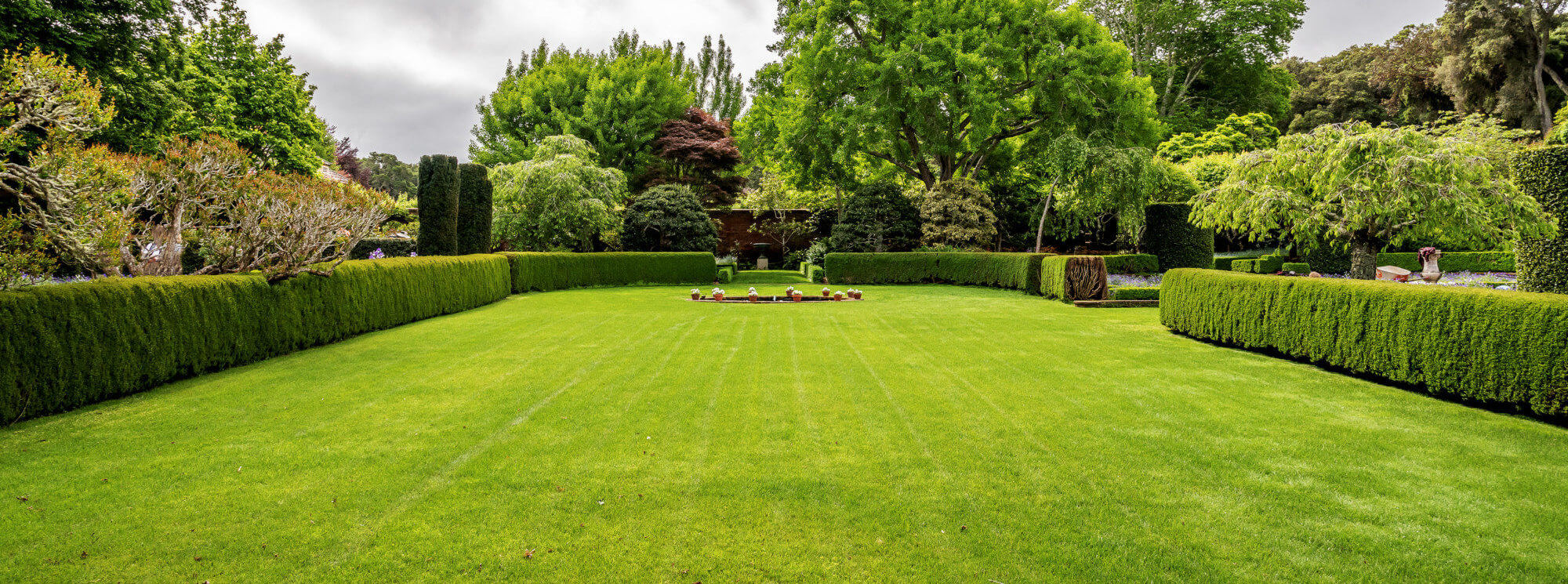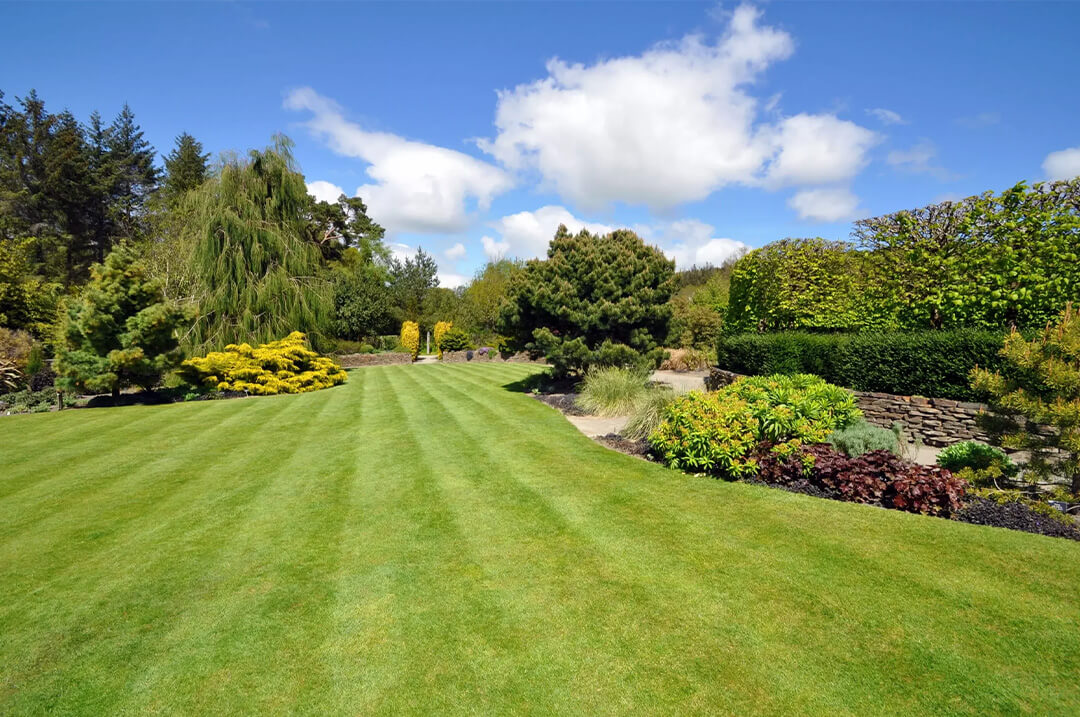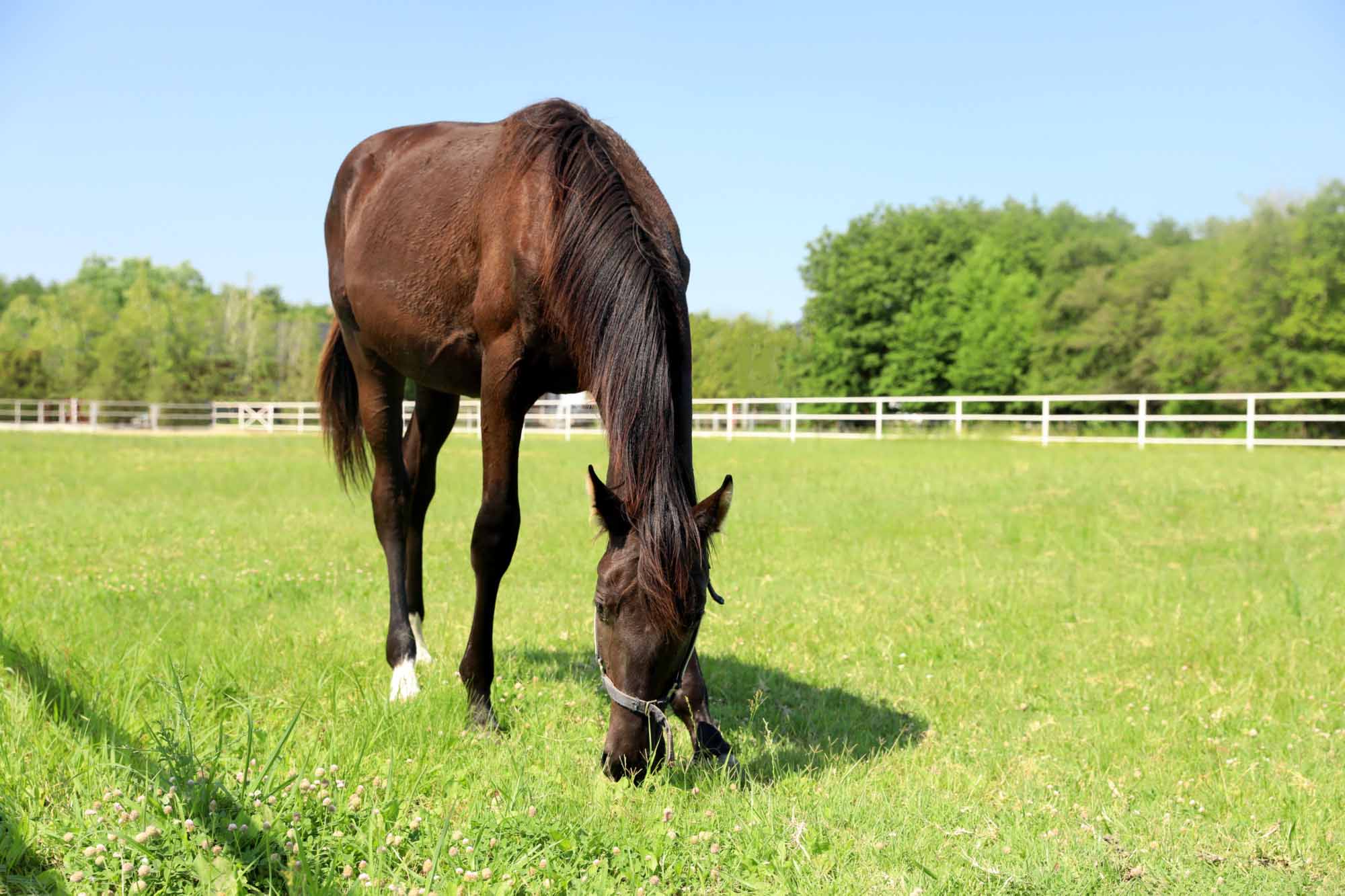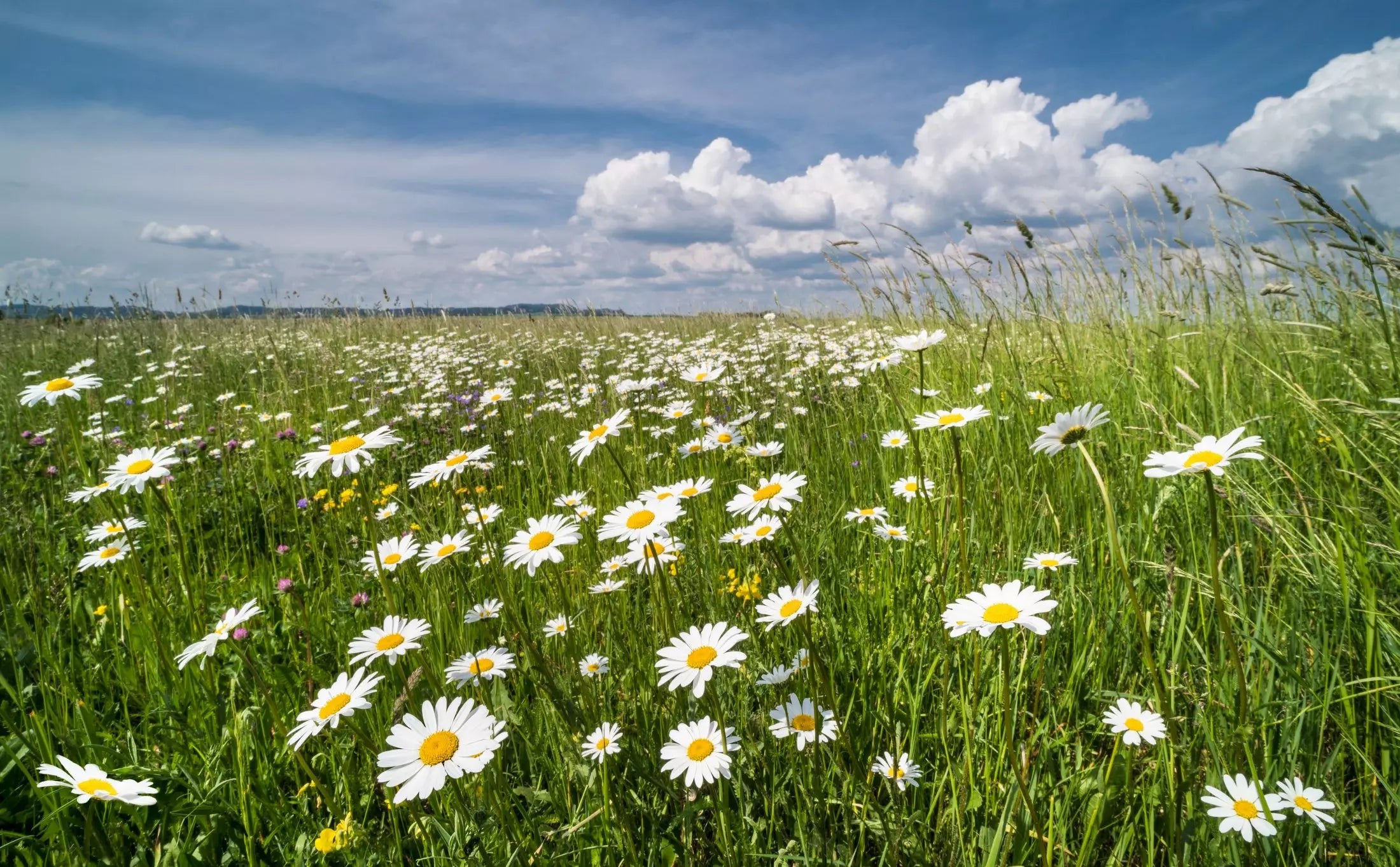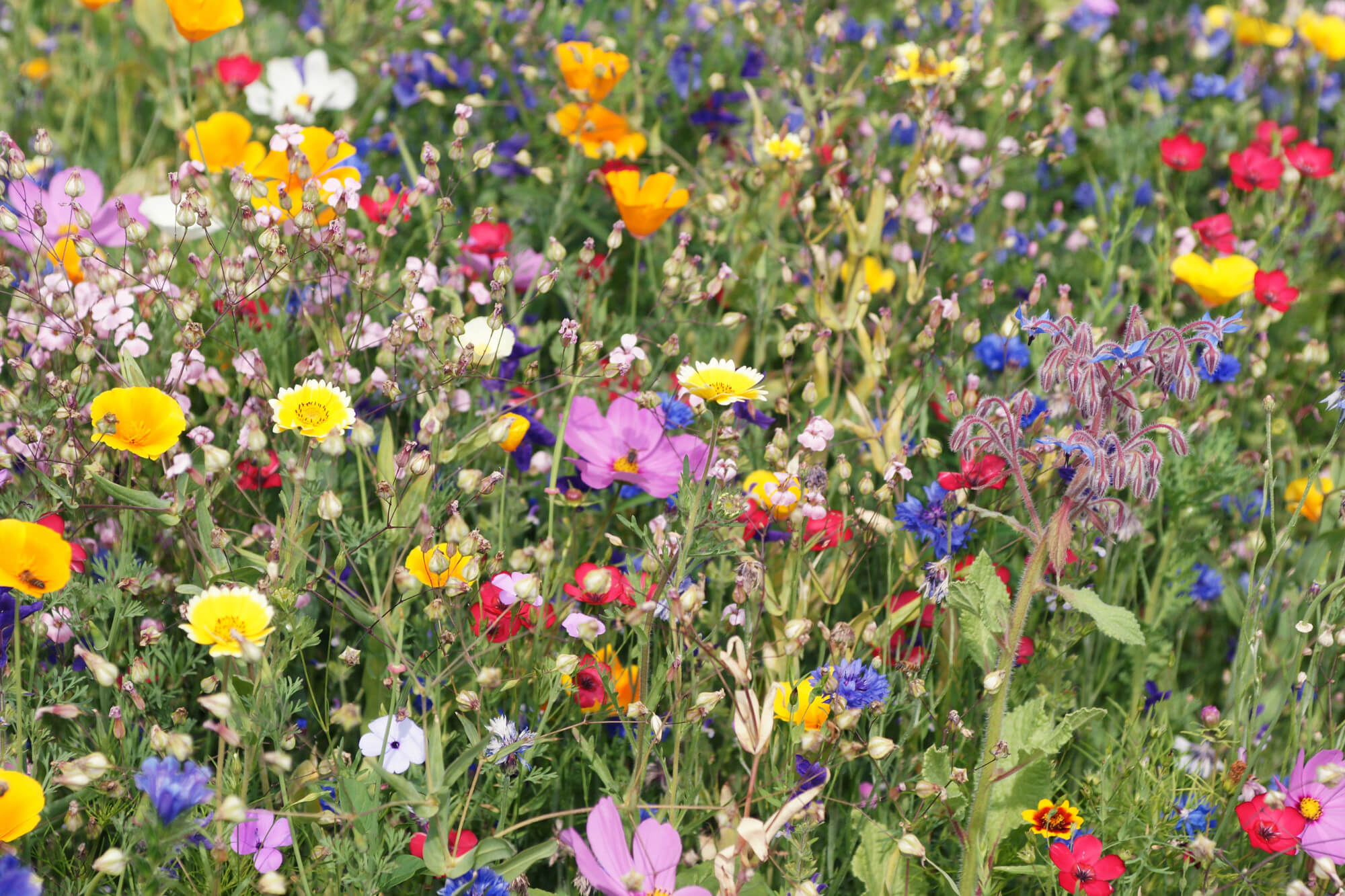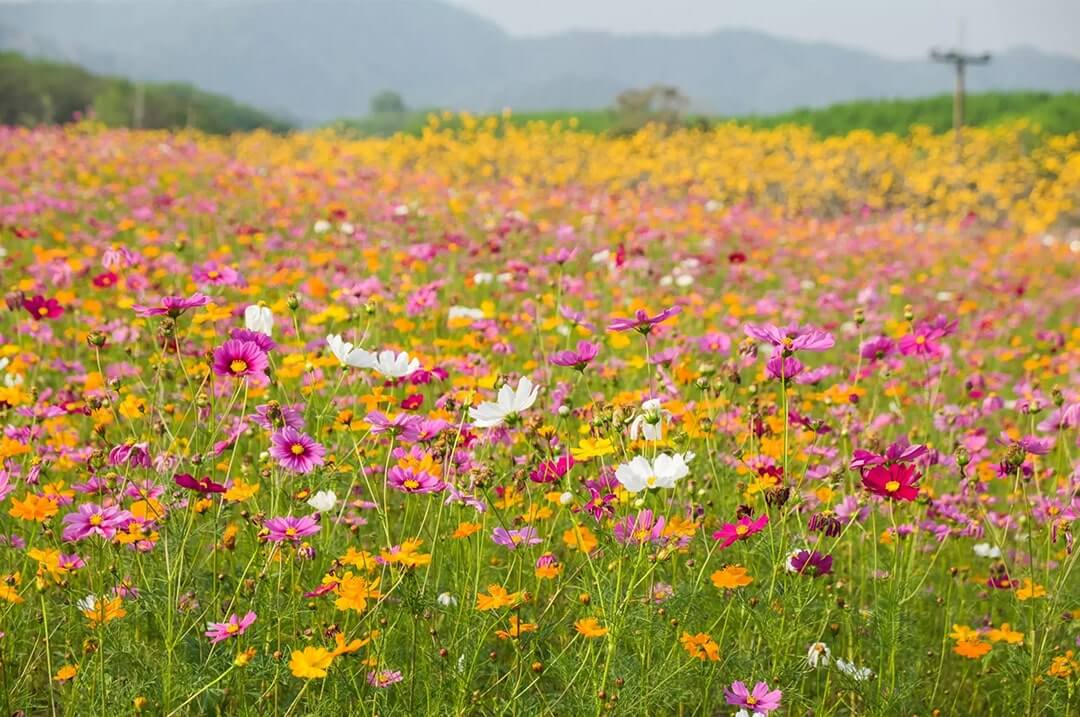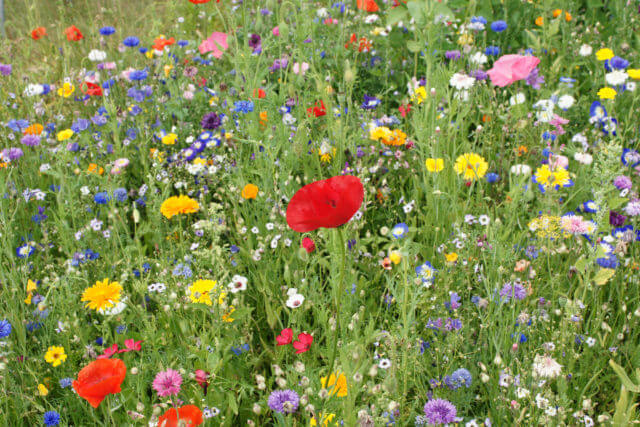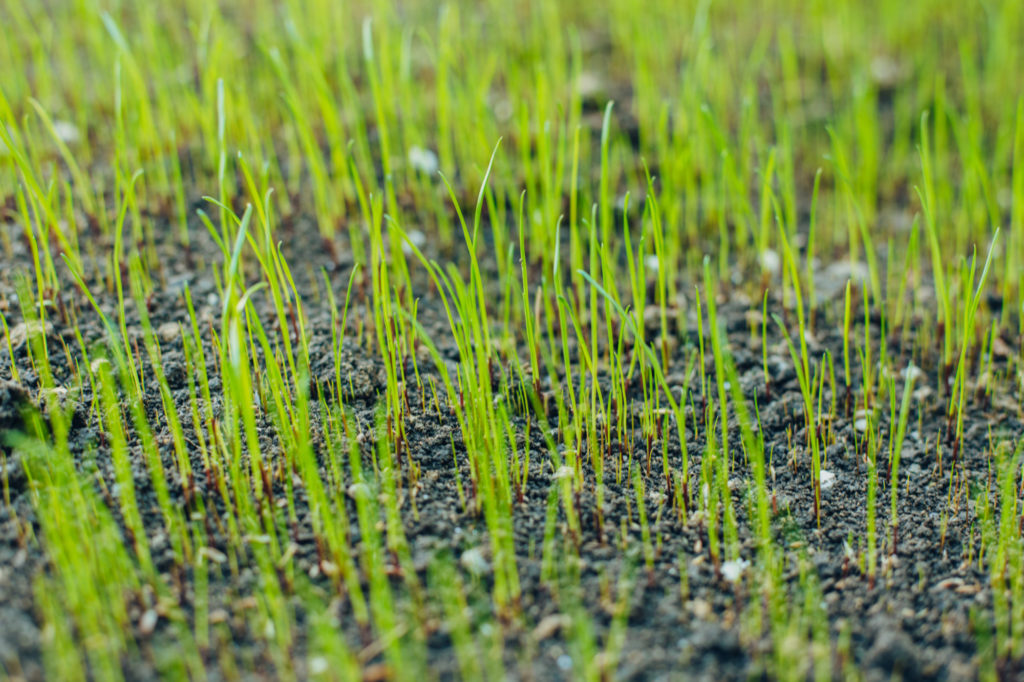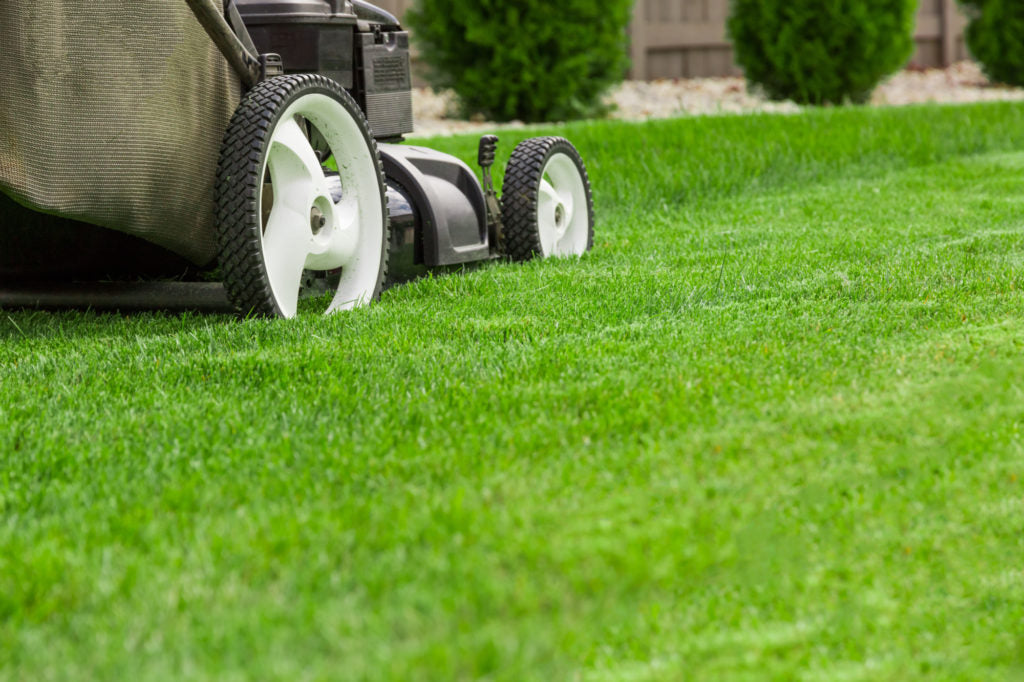Introduction
It is estimated that since the Second World War 95% of the UK’s wildflower meadows have been lost. The post-war development of herbicides and high yielding forage grasses meant that landowners were able to convert their old hay meadows into highly productive grassland. Although unimproved grassland and wildflower meadows are of low value from a forage perspective, they are extremely valuable for preserving our native species and providing a habitat for wildlife.
Around 15,000 hectares of unimproved grassland are believed to remain nationwide. This figure is now on the increase, with many areas now being established with wildflowers. Road verges, farm field corners, public open spaces and even gardens are increasingly being established with wildflowers – all of which is of great benefit to protecting the unique botanical identity of the UK.
Species/Annuals/Perennials/Biennials/Yellow Rattle
There are believed to be approximately 1500 species of wildflowers found in the UK. These can be placed into the following categories;
Annuals:
Annual species are ones which complete their life cycle within a one year period. They typically establish from seed in the spring, flower, produce seed and completely die by onset of winter. The continuation of the species is entirely dependent on the successful establishment of the seed produced. As their survival depends on the success of their seed, annuals have evolved to produce larger quantities of seed. Annuals require ground disturbance each year in order to establish, this is why they are seen growing in road verges, waste ground and on arable farm land. Annuals can provide a boost of colour to spring sown seed mixtures, although this will only last for one season as their seed will not establish in a developed sward. Example species; Cornflower, Poppy, Corn Marigold.
Biennials:
Biennial species complete their lifecycle in a two year period. In their first year of growth a biennial plant will produce leaves, roots and stems before going into dormancy over the winter months. In year two they will grow significantly, flowering and producing seed before completely dying. Biennial species are often characterised by their tall and upright growth habit. Example species; Foxglove, Vipers Bugloss, Great Mullein.
Perennials:
The majority of wildflower species are perennial. Perennial species are ones which re-establish in the spring from their own rootstock. Most species will germinate from seed in year one, flower and produce seed in year two, go dormant over the winter and re-establish in the spring. Some perennials are short lived, only lasting for three to four years, whereas some species can survive for many years. Example species; Knapweed, Cowslip, Field Scabious.
Yellow Rattle:
Yellow Rattle is an interesting plant because it survives by drawing its nutrients directly from the roots of surrounding grass plants. This is useful because it helps to reduce the vigour of the surrounding grass plants, allowing more opportunity for other flower species to emerge and thrive. This makes it a key component of the majority of flower rich grasslands. It is an annual plant, however it will happily re-establish itself in a mature sward unlike most other annual species.
Sourcing seed
Wildflower seed is produced in two different ways;
Wild Meadow Collection:
Wild meadow collection is when seed is directly harvested from an area of wild, unimproved grassland. The sites that harvested are ones which have never been knowingly altered by being sown with native species. The sites are harvested with the permission of the owner and care is taken to monitor the sites to ensure that the harvesting has no detrimental effect.
The harvesting is normally done with a machine called a brush harvester or with a very small combine harvester. Meadows can be harvested at differing times of the year in order to target different species. Two of the main species harvested directly from meadows are Yellow Rattle and Meadow Buttercup as these both mature and set seed from July.
Field Crops:
In order to produce a reliable and sustainable source of seed, wild collected seed can be field sown to create a manageable crop. Some species are quite slow to establish, so these are grown as individual plug plants which are then mechanically planted in the field. This creates a crop that can be managed by regular weeding and harvested at exactly the right time.
Site Evaluation and Mixture Selection
The properties and location of a particular site will have an influence on the species which will thrive. The main factors to evaluate are;
- Soil fertility
- Soil moisture/drainage
- Soil type e.g. Sandy, Clay, Acidic, Calcareous
- Shade/light levels
Once the site has been evaluated, an appropriate mixture can be selected based upon the findings. If you are unsure of exactly what mixture to select, we are happy to advise you. Wildflowers mixtures are unlikely to be successful in areas of high fertility. In such areas it is likely that a small number of species will become dominant and competition from grasses will be a problem. In areas of very heavy shade the potential to support a diverse range of species is also limited.
In high fertility areas it would be advisable to sow an annual mixture for several years, cutting and collecting the vegetation each year. This will help to remove nutrients from the soil potentially allowing for a perennial mixture to be sown in later years.
Preparation
Good preparation is of crucial importance if a wildflower sowing is to be successful. If unwanted species establish in amongst a wildflower sowing it can be very difficult, or near impossible, to effectively control them. The main objective is to minimise the establishment of weeds following sowing.
Site Clearance:
Any existing vegetation should be cut and cleared from the site. It is important to remove any cut vegetation to prevent it from rotting down and enriching the soil. The remaining vegetation can be treated with a total herbicide, such as glyphosate.
Cultivation:
Once any vegetation has completely died back, the soil can be cultivated to a depth of around 100mm. Any remaining debris such as large stones or roots should be removed. If time allows, further weed control can be performed by allowing any weeds to germinate and spraying them with glyphosate. This can be performed multiple times to achieve a clean seed bed. Normally you can sow seed two weeks after an application of glyphosate, though it is advised to check manufacturer recommendations beforehand.
Sowing Into Existing Grass
It is possible to sow wildflower seed into existing areas of grass, however there are a few fundamental steps that need to be taken for this to be successful. First, the site needs to be assessed for overall suitability. The existing grass must be composed of slow growing, fine grassed such as;
Important – If the area is populated with perennial ryegrass or is excessively fertile it is unlikely that it will be able to support wildflowers. Suitable areas are likely to already have some wildflowers present already, if there are no flowers present then the question must be asked as to why and whether it would be viable to attempt establishing wildflowers in the first place.
If the area is deemed suitable the next task is to thin back the existing grass cover to expose as much soil as possible. This will help to reduce the competition from the existing grasses but also allow for good seed to soil contact which is crucial for germination. You should aim to expose approximately 50% bare soil, this should be done by mowing or grazing off the existing grass as low as possible and then aggressively chain harrowing. Once the seed has been applied it should then be harrowed again and ideally rolled in to ensure it is pressed into the soil.
All our mixtures contain Yellow Rattle, which is an important species as it is a parasitic plant that draws its nutrients from the surrounding grass plants. This has the effect of reducing levels of grass growth which will aid the long-term survival of the wildflowers.
Sowing
The sowing rates for wildflower seed mixtures are relatively low, there are two reasons for this;
- Wildflower seed is often very fine, so a little goes a long way.
- The aim is to achieve a relatively open sward in order to allow the wildflowers room to establish. This opposed to sowing lawn seed, where the objective is to develop a dense sward with a very high plant population.
To make sowing easier, it is possible to mix the seed with a ‘carrier’ in order to increase the volume. The material used is not crucial but the most common choices are dried sand, sawdust and compost for smaller areas. Wildflower mixtures do not require sowing deep, broadcasting the seed on to the surface and lightly raking or rolling is sufficient to achieve good seed to soil contact.
Suggested Sowing Rates:
- 100% Wildflower Seed Mixtures = 2g/m2
- Grass and Wildflower Seed Mixtures = 4g/m2
Optimum Sowing Times:
- Spring – March to May
- Summer – June to July avoiding excessively hot and dry conditions
- Late Summer/Autumn – August to October
Establishment
Wildflowers all germinate and establish at different rates, some species may take a number of years until they emerge and begin to flower, whereas others flower in a matter of weeks. Some seeds require a prolonged period of exposure to cold in order to break their dormancy and germinate. Seed dormancy is a mechanism that inhibits germination until the conditions are ideal for successful establishment.
Annual wildflower species when sown in the spring will flower in the same year. Biennial and Perennial species will not flower in the first year of sowing except for a handful of species such as Oxeye Daisy and White Campion. For this reason it is often a popular choice to add some annuals into a perennial mixture when sowing in the spring.
When sowing a mixture containing grasses, it will be the grass species which germinate and establish first. This will act as a nurse crop for the wildflowers, sheltering them whilst they establish as well as preventing soil erosion by stabilising the soil. The grasses selected to go into the mixtures have been deliberately chosen to be non-competitive, slower growing species. Grass dominance is a common reason why wildflower sowings sometimes fail, so by including only slow growing species this is minimised.
Maintenance
In the first year full year it is advantageous to regularly cut the area to a height of 60mm through the growing season. Although this sounds detrimental, perennial species will not flower in year one, so no flowers are actually being lost. By cutting in the first year the competition from the grasses is minimised and more light is allowed to reach the lower growing wildflower species at the base of the sward. If a mixture was sown containing annuals, these should be allowed to flower and then the whole area cut in July. This will prematurely end the flowering display from the annuals, but it will allow the perennials a better chance of establishment. In subsequent years the annual maintenance regime should consist of the following;
Spring Cut:
It is not uncommon for there to be an initial flush of grass in the spring. This can be detrimental to the wildflower species as they will only just be starting to grow and can be easily swamped out. By cutting to around 60mm and collecting the debris, the levels of grass growth will be reduced for the coming months allowing for more wildflowers to emerge.
Summer/Autumn Cut:
The optimum time to cut an area of wildflowers is in late July. This is replicating a traditional hay cut. By cutting and collecting the debris in July the maximum amount of organic matter possible is being removed from the area, minimising the amount of nutrients that can be returned to the soil. Cutting in late July does mean that the flowering period is sacrificed prematurely, however cutting at this time will result in a more diverse species population. The later the cut is performed the less diverse the population will be. A compromise would be to vary the cutting time each year, or on larger sites cutting areas at different time on an annual rotation.
End of Season
At the end of the year, before the onset of winter, a final cut can be made if required. This serves to remove any grass growth following the main summer cut, leaving the sward open and tidy through the winter months. At the end of the season it is also beneficial to disturb the sward either by raking or chain harrowing. This will open up the sward allowing room for more wildflower species to emerge.
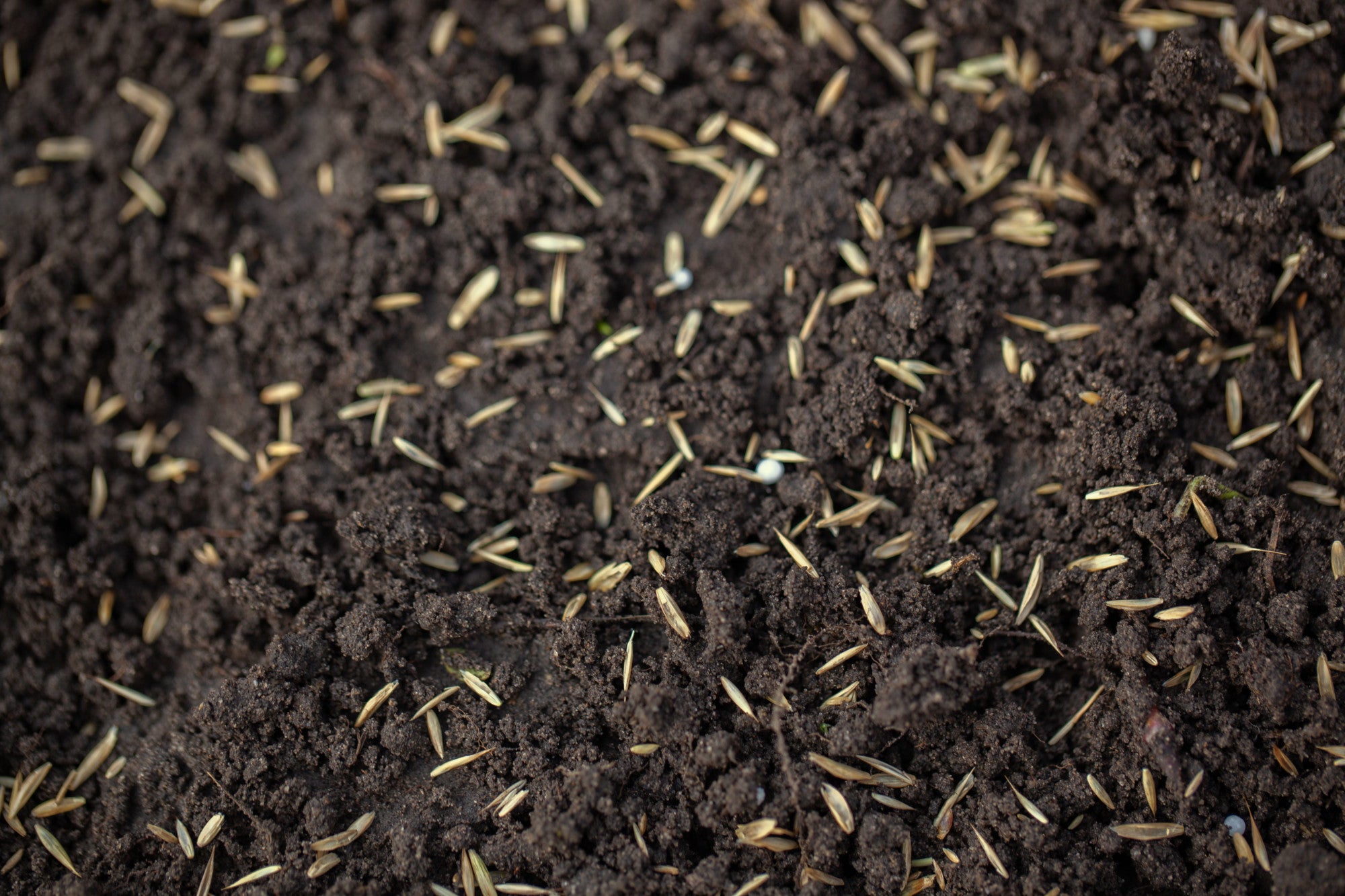
Our grasses are tried, tested and proven
We have a close and longstanding relationship with experienced seed growing specialists
Help & Advice
Find out more about how we can help you at Grass Seed Online, we offer lots of useful information and resources, so check them out today.




